Understanding The Importance Of Ventilation In Livestock Barns
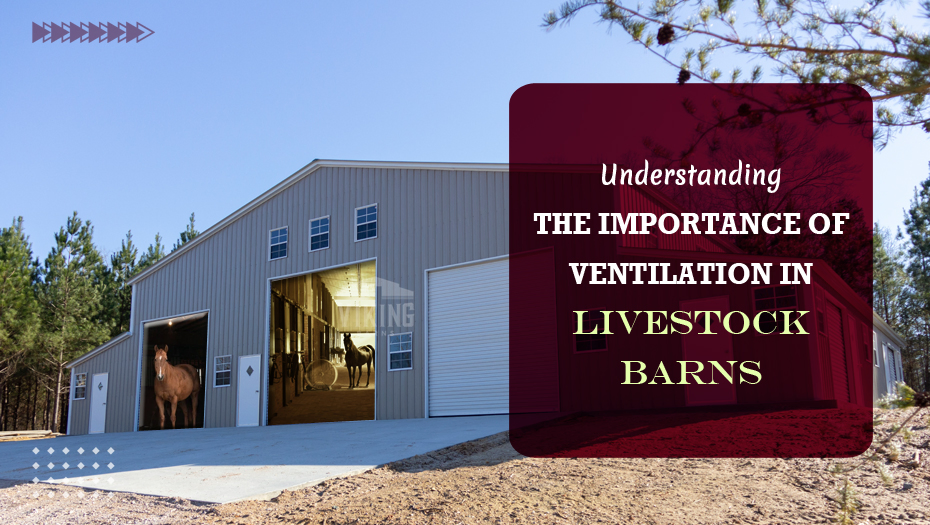
The healthier the livestock, the more profitable the farm is. To maintain the health and well-being of animals and remove unwanted pathogens, gases, and humidity, you need steel livestock barns with an adequate ventilation system. Let’s get into the nitty-gritty of it.
Ventilation 101: The Importance Of Ventilation For Livestock Wellness & Barns Productivity
Cattle, poultry, swine, and horses are some major livestock species used across the United States. These livestock are usually sheltered in livestock barns to protect them from nature and other carnivores. These barns need good ventilation to promote air circulation and prevent the spread of diseases. Have a look at the advantages of having ventilation.
Benefits Of Ventilation System For Animal’s Health And Productivity
Air Quality
A ventilation system allows warm air to rise up, escape the indoors, and let cooler air enter inside. This continuously creates a cycle of fresh air circulation inside the barn. Proper vents have natural, mechanical, and infiltration to enhance the air exchange rate.
Temperature Control
Proper ventilation reduces the chances of moisture and humidity build-up, mold, and mildew growth. Vents and insulation resist condensation build-up that can damage livestock steel structures’ panels and frames.
Pathogen Check
Vents also remove dust, airborne pathogens, and foul smells that can affect animals’ respiratory health. They remove pollutants and keep a constant airflow inside. A well-engineered ventilation system also removes harmful gases like ammonia that build up with time due to animal waste.
Common Vent System For Livestock Barns
Natural | Passive Vent
These types of vents do not need a power supply to function. It is a sustainable way that harnesses natural forces to improve airflow inside the livestock metal barn. It works on –
- Wind: The pressure difference drives winds inside and forces stale air outside. Vents are placed on opposite sides to drive airflow.
- Thermal buoyancy: Warm air tends to rise, and cool air tends to settle, creating a pressure difference. Here, openings are at different heights to let warm air escape and fresh air enter.
- Stack effect: It occurs when warm air rises and escapes via an upper opening, pulling cooler air from below.
Examples: Windows, clerestory windows, louvers, turbine vents, ridge vents, gravity vents, roll-up doors, open sidewalls, etc.
Mechanical | Active Vent
These types of vents need an electric supply to function. Usually, there are big fans to control and regulate airflow. This is especially useful when farmers require tight temperature control.
Cost is always a factor when it comes to active vent systems. Here, there are three types of air pressure systems can be of following types –
- Positive: It pulls outside air into the barn. It works best for livestock steel structures that have airtight construction. It is suitable for livestock steel structures with open doors for livestock to enter and exit.
- Negative: Here, exhaust forces air out of the barn. The air inlets let cool air enter. Both must match each other to ensure balanced air circulation. It is suitable for barns where doors remain closed occasionally.
- Neutral: Here, fans push air out and bring fresh air back in simultaneously. One fan pulls outside air into the barn, whereas multiple fans push air out of the barn. Since multiple fans are required here, it becomes expensive to maintain.
Examples: portable or circulating fans, exhaust fans, floor fans, ceiling fans, air inlets, electrical roof vents, air conditioners, etc.
Factors To Consider When Installing Vents For Animal Shelter
Size Of The Barn
Larger livestock steel barns will need more ventilation systems to work. For a natural vent system, opt for continuous ridge vents, open sidewalls, etc., to let air flow in. This might become inadequate in hotter regions, though.
How Much Ventilation Should You Install In Your Metal Livestock Barn?
Aim for a 1 square foot vent per 300 square feet of floor space for mechanical vents. Consider placing 60% of the vent lower for air intake and the remaining 40% higher for exhaust.
Layout Of The Barn
The most efficient layout would be where animals are comfortable, you can easily accommodate all cattle, and farm workers have ample space to work. Hoop or Quonset hut metal barns are semi-circular and cost-effective for most farmers who want to keep livestock or equipment.
You can opt for a Carolina steel barn, which has a raised center that allows air to flow in and out easily. It also has a wider aisle area for workers to move and work easily. You can create loft space to store hay and feed.
Landscaping
Add stone elements around the perimeter to create a rustic and durable landscape. Include drought-tolerant plants, native grasses, and low-maintenance shrubs. Remember to check – certain plants can be poisonous to animals. You can use a gravel or mulch path to prevent mud and dust around the barn. Lastly, you can include fencing for the animals’ security.
Effect Of Poor Ventilation On Animal Welfare & Performance
- Not having an effective ventilation system can lead to mold and mildew build-up.
- Molds and mildews can cause allergic respiratory diseases, disrupt digestion, & lower production among animals.
- Further, if molds enter the bloodstream of cattle, it can affect the fetus, causing fungal abortions during the last trimester.
- It can also lead to cough, sore throat, skin rash, eye irritation, headache, and other health issues for farm workers.
- Several gases, such as ammonia, carbon dioxide, methane, and hydrogen sulfide, are released during the decomposition of manure and urine excreted by cattle. These gases can cause respiratory issues and lower milk production.
How To Maintain Vents In A Barn?
- Clean vents regularly.
- Wash or wipe fan blades and replace filters when needed.
- Examine electrical wiring. Fix any issues promptly.
- Keep the vent pathway unblocked for continuous airflow.
Enhance Livestock Comfort With Viking Barns
We provide high-quality customizable steel livestock barns in various sizes, layouts, and designs to suit your farm’s unique needs. Call (704) 579-6966 to know more. You can integrate any ventilation system to promote animal welfare and long-term profitability. Regarding livestock management, never overlook the importance of proper ventilation.
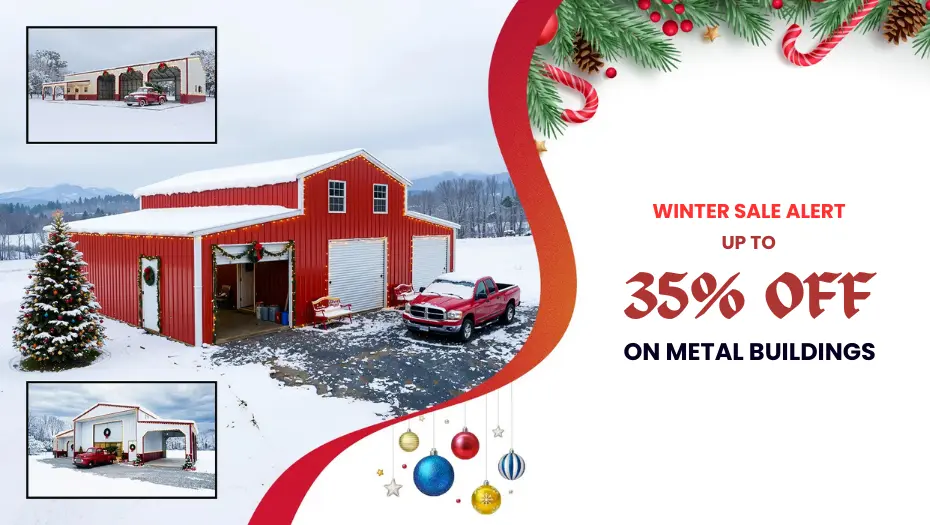

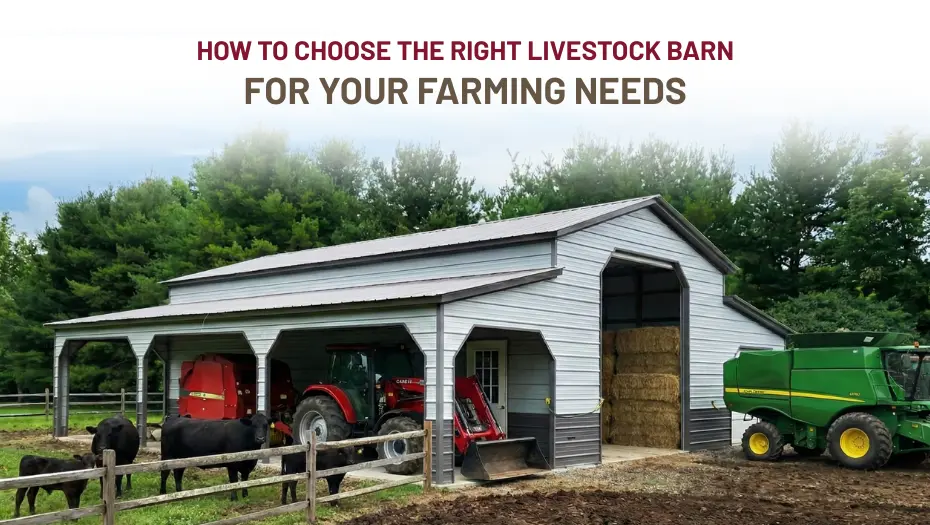
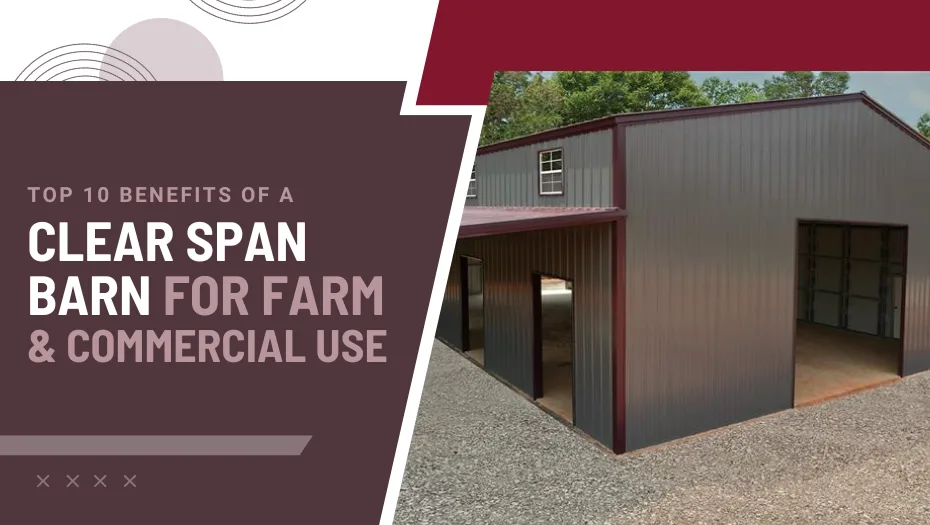
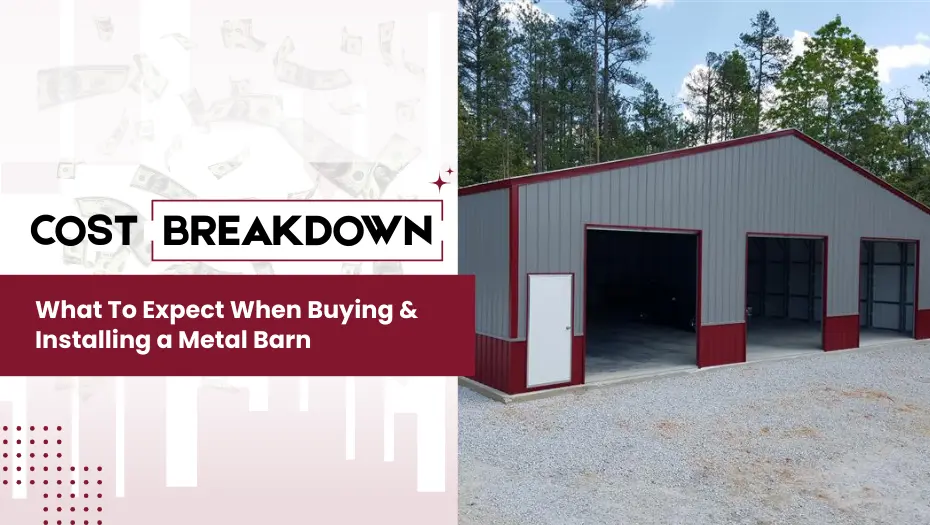
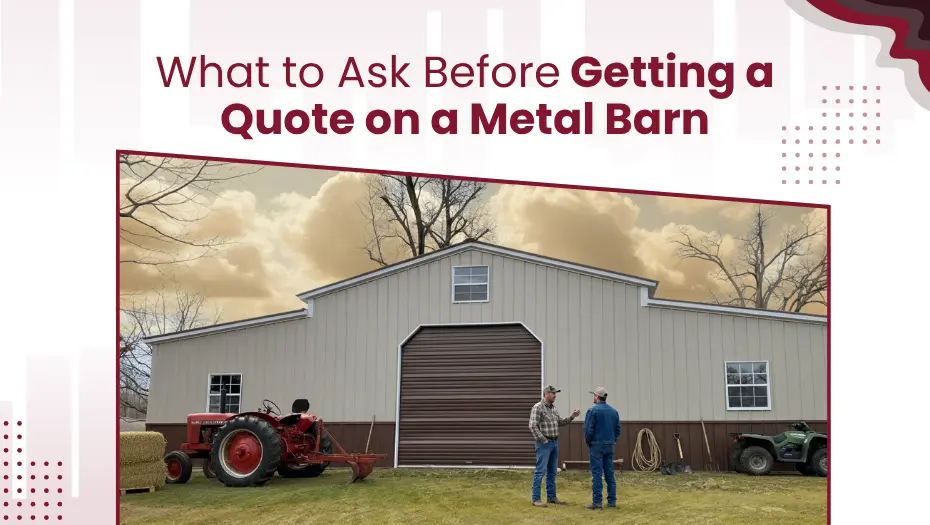
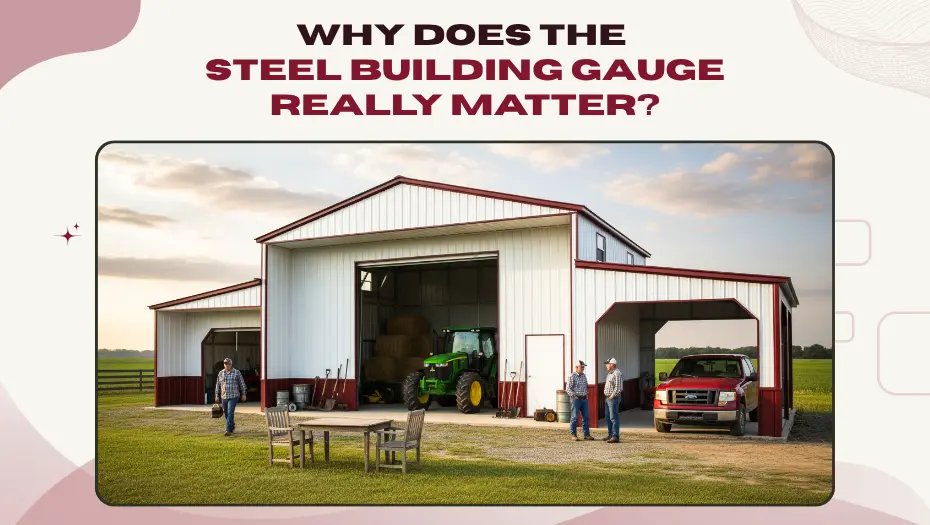
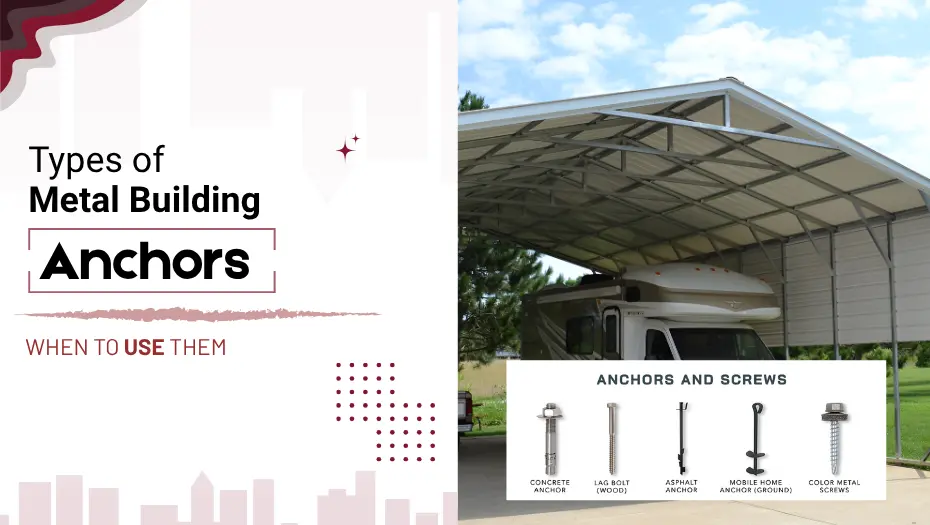
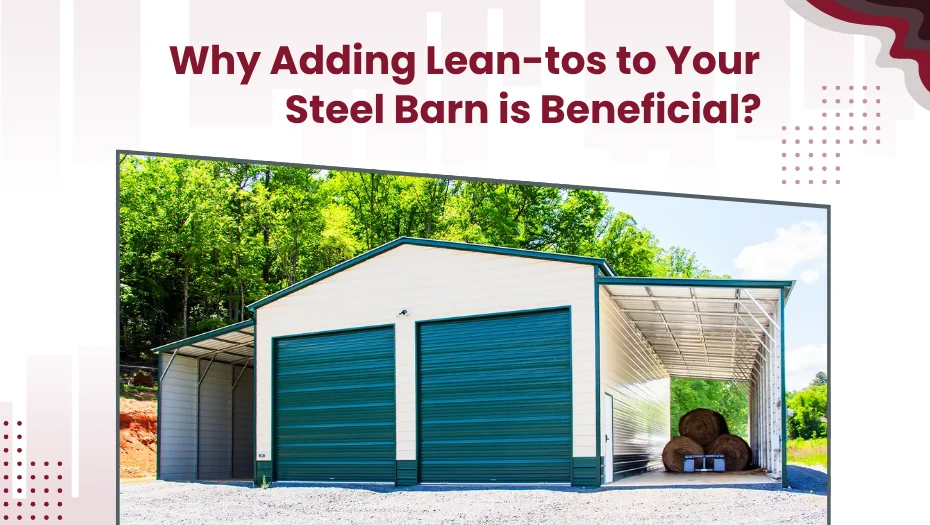
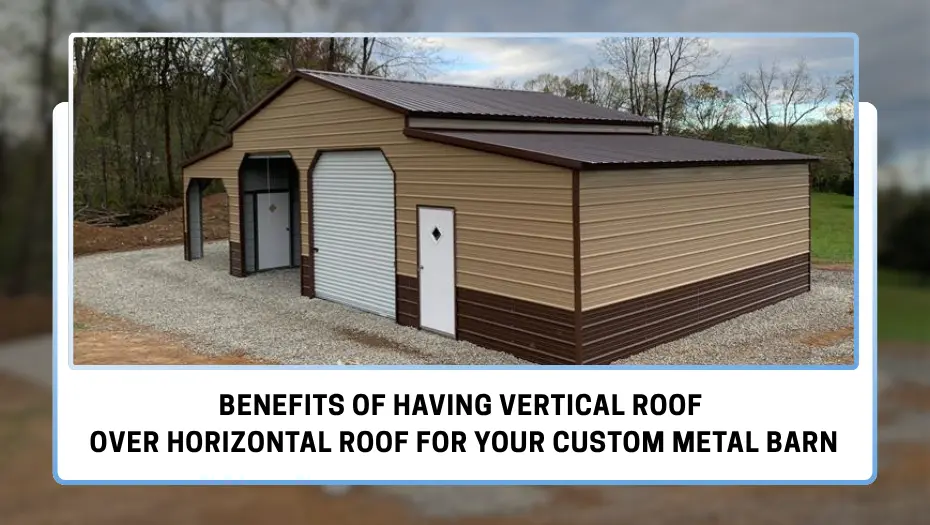
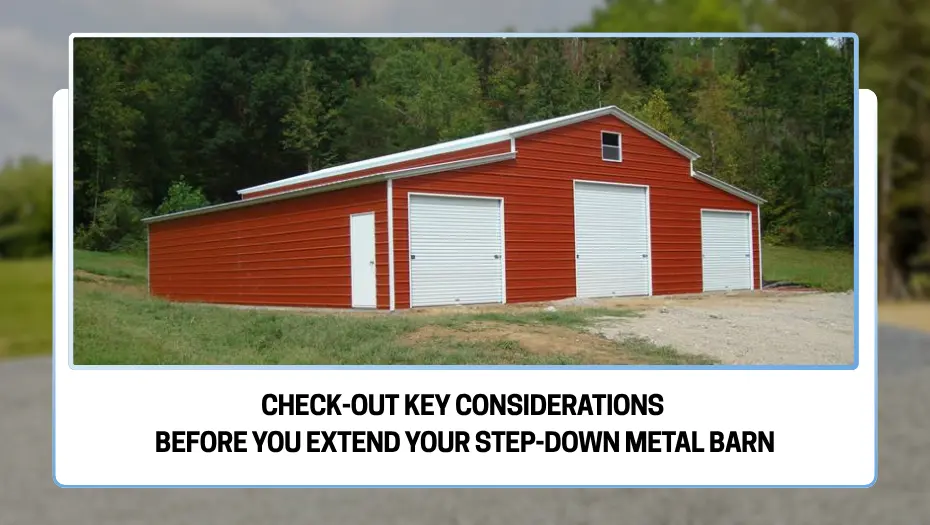


 Alabama AL
Alabama AL

 American Steel Carports Inc.
American Steel Carports Inc.